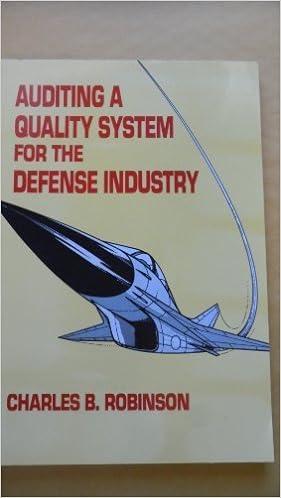An entrepreneur has a choice of two mutually exclusive investment projects, Project A and Project B. Each lasts for one time period and the firm has no other projects. Project A will result in a cash flow of 127 million in the good state and 10 million in the bad state. Each outcome is equally likely. Project B will result in a cash flow of 34 million in the good state and zero in the bad state. Each outcome is equally likely. Assume the entrepreneur is able to choose which project to undertake after the finance has been raised. Each project requires an initial investment of 6 million. Assume risk-neutrality and a discount rate of zero. Assume for parts (a) to (c) that the investment is financed by debt. (a) If Project A is chosen, what is the expected value of the firm and the payoffs to the debtholders and the entrepreneur? (3 marks) (b) If Project B is chosen, what is the expected value of the firm and the payoffs to the debtholders and the entrepreneur? Which is the better project? Which one will the entrepreneur choose? (4 marks) (4 marks) (c) Assume the debt holders are fully aware of the firm's possible investment choices. They decide to use a bond covenant to stipulate that the face value of the debt will be 9.2 million if the entrepreneur decides to take on the riskier project. Which project does the entrepreneur choose now? Is this different from your answer in part (b)? Why why not? (5 marks) (d) Suppose the entrepreneur chooses instead to finance the project with outside equity. Which project will be chosen? What fraction of the project's payoff will the outside equityholders ask for? What is the payoff to the entrepreneur and the expected value of the firm? (5 marks) (e) Explain the risk-shifting (asset substitution) agency problem identified by Jensen and Meckling (1976), with reference to your results in parts (a) to (d). Is the solution to use as much outside equity as possible? Explain. (8 marks) Approaching the question (a) The expected value of the firm = 0.5 x 27m +0.5 x 10m = 18.5m. Payoff to debt = 6m in both good and bad state, expected payoff 6m. Payoff to equity = 21m in the good state and 4m in the bad state, expected payoff 12.5m. (b) The expected value of the firm = 0.5 x 34m +0.5 x 20 = 17m. Payoff to debt = 6m in good state and 0 in bad state, expected payoff 3m. Payoff to equity = 28m in good state and 0 in bad state, expected payoff 14m. Project A is better as it has a higher NPV and lower risk, but the entrepreneur will prefer Project B which has a higher equity payoff. (c) The entrepreneur's payoff from project B is now 0.5 (34m- 9.2m) +0.5 x 20 = 12.4m. This is lower than his payoff from Project A so his preference switches to Project A. The debtholders have aligned the entrepreneur's incentives with theirs, ensuring that the less risky project is taken. I need help with Part (a), (b) & e) I dont understand how to get the answers to "Debt Payoff" and "Equity Payoff in both parts (a) & (6)










